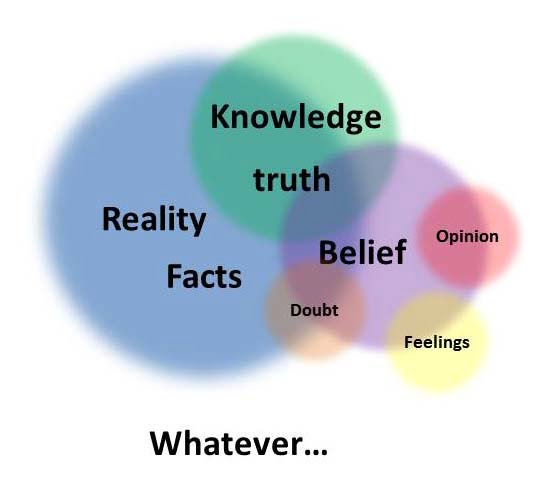There is no single scientific explanation of belief.
However, there are a number of theories that attempt to explain how and why people form these.
One theory is that they are formed through a process of social learning. We learn our beliefs from the people around us, such as our parents, teachers, and peers. We also learn our beliefs from the culture we live in. For example, if we grow up in a religious culture, we are more likely to believe in God.
Another theory is that they are formed through a process of cognitive bias. Cognitive biases are mental shortcuts that we use to make decisions. These shortcuts can sometimes lead us to form beliefs that are not accurate or justified. For example, we may be more likely to believe information that confirms our existing beliefs, even if the information is not true.
Finally, some theories suggest that they are formed through a process of evolution. According to these theories, beliefs that helped our ancestors survive and reproduce were more likely to be passed on to future generations. For example, a belief in an afterlife may have helped our ancestors cope with the fear of death.
It is important to note that these are just a few of the many theories that attempt to explain it. The scientific study of it is a complex and active area of research.
Examples of scientific explanations of belief:
- The hypersensitive agency detection device (HADD) theory suggests that our brains are wired to detect the presence of agency or intentionality. This is because the agency is a very important cue for survival. If we can detect that something is intentional, we can be more prepared to respond to it. However, HADD can also lead us to make false positives, believing that something is intentional when it is not. This can lead to the formation of beliefs in supernatural beings, such as gods.
- The cognitive dissonance theory suggests that we are motivated to reduce cognitive dissonance, which is the discomfort we feel when we hold two contradictory beliefs. This can lead us to change our beliefs or justify them in order to reduce the dissonance. For example, if we believe that smoking is bad for our health, but we also smoke, we may justify our smoking by believing that it is not as bad as we thought, or that the benefits of smoking outweigh the risks.
- The social identity theory suggests that our beliefs are influenced by our social identity, which is our sense of belonging to a particular group. We are more likely to believe things that are consistent with our social identity, and we are more likely to reject things that are inconsistent with our social identity. For example, if we are a member of a religious group, we are more likely to believe in the tenets of that religion.
These are just a few examples of scientific explanations. The scientific study of it is a complex and active area of research. As we learn more about the brain and human psychology, we will be able to better understand how and why we form beliefs.
Lbeaumont, CC BY-SA 4.0, via Wikimedia Commons
